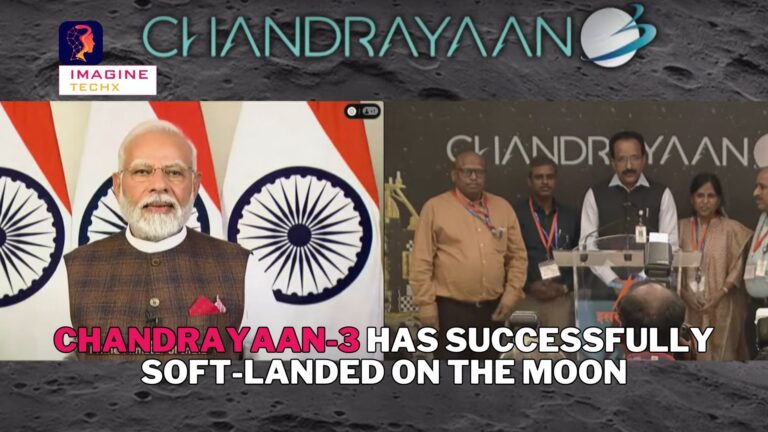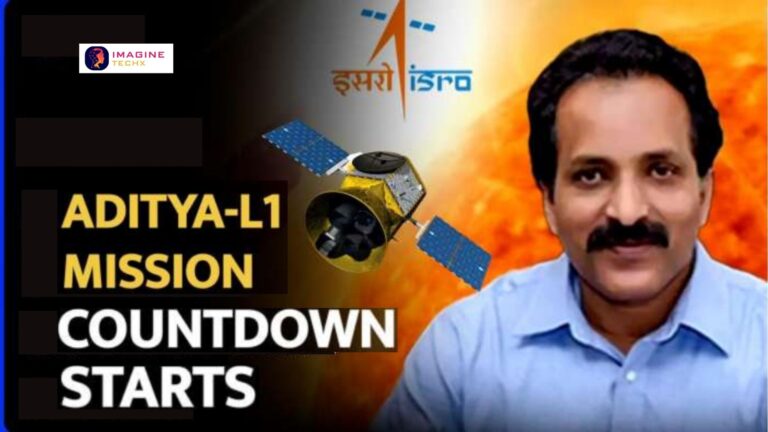ISRO’s XPoSat Mission: Unraveling Mysteries of the Cosmos in Simple Terms
Introduction XPoSat Mission:
In the vast expanse of space, where stars twinkle and galaxies dance, the Indian Space Research Organisation (ISRO) is gearing up for an extraordinary mission. They are set to launch their first X-Ray Polarimeter Satellite, fondly known as XPoSat. It’s not just any satellite; it’s a space detective, aiming to uncover the secrets of powerful X-ray sources in the universe. So, buckle up as we embark on a journey to understand what XPoSat is all about and how it plans to revolutionize our understanding of the cosmos.
You Can Read Post Also: India’s New Space Startup Agnikul Rockets: The 3D Printed Engines
Setting the Stage:
Unlike its space-traveling predecessors, XPoSat isn’t just going to capture images of space or study the timing of cosmic events. No, it’s here to add a whole new dimension to our knowledge by exploring the polarization of intense X-ray sources. Now, you might wonder, what’s so special about that? Well, let’s break it down.
XPoSat’s Design and Mission:
XPoSat is like a cosmic observer stationed in Low Earth Orbit (LEO), about 650 kilometers above us, with a front-row seat to the celestial spectacle. It has a low inclination of around 6 degrees, meaning it’s not wandering too far from the equator. This strategically designed spacecraft is armed with two scientific payloads – think of them as its scientific gadgets – to study the temporal, spectral, and polarisation properties of powerful X-ray sources.
Meet the Gadgets:
The first superhero in XPoSat’s lineup is the Polarimeter Instrument in X-rays (POLIX). Developed by the brainiacs at Raman Research Institute in Bengaluru, POLIX is like a cosmic detective’s magnifying glass. It focuses on measuring polarimetry parameters in the medium X-ray energy range using four X-ray proportional counter detectors, a scatterer, and a collimator. It’s like having super-sensitive eyes to catch polarisation clues.
Next up is the X-ray Spectroscopy and Timing (XSPECT), created by the brilliant minds at the UR Rao Satellite Centre (URSC). XSPECT is like a cosmic stopwatch and a super-powered X-ray spectacles combo. It provides fast timing and excellent spectroscopic resolution in soft X-rays. Imagine it as capturing the fast-paced actions of X-ray pulsars, black hole binaries, and active galactic nuclei in the blink of an eye.
Mission Objectives:
Now, let’s get to the nitty-gritty of XPoSat’s mission. Its main goal is to detect X-ray polarisation in the 8-30 keV energy range – that’s the X-ray sweet spot. But it doesn’t stop there; XPoSat aims to engage in long-term spectral and temporal studies of cosmic X-ray sources in the 0.8-15 keV energy band. In simpler terms, it’s like watching a cosmic soap opera unfold over time, studying the characters (X-ray sources) in detail.
Why Does XPoSat Matter?
XPoSat isn’t just a satellite on a joyride in space; it’s a key player in unraveling the mysteries of the cosmos. It acts as a diagnostic instrument, helping scientists understand the radiation mechanism and geometry of astronomical sources. In everyday language, it’s like having a super-powered telescope that not only sees distant objects but also tells us how they work and interact.
ISRO’s Vision:
The brilliant minds at ISRO believe that XPoSat can help scientists calculate the mass and spin of accreting black holes. Imagine trying to figure out the weight and spin of a spinning top – but in space! XPoSat also aims to explore accretion flow, outflow, and jets, estimate strong magnetic fields, and unveil the radiation zone and particle acceleration processes in pulsars. It’s like ISRO is handing scientists a cosmic toolkit to understand the inner workings of our celestial neighbors.
The Big Meeting:
ISRO isn’t keeping all this cosmic knowledge to itself. On May 25, they have scheduled a one-day user meeting, bringing together specialists from 20 institutes and universities. It’s like a cosmic brainstorming session where experts gather to maximize the scientific outputs of XPoSat. Sharing knowledge is key to unlocking the vast secrets of the universe.
Global Relevance:
XPoSat isn’t the only player in the X-ray polarisation game. NASA, the space exploration giant, has its own mission called the Imaging X-ray Polarimetry Explorer (IXPE). It’s like two space detectives working on different cases but sharing their findings to create a complete cosmic picture. The international scientific community is buzzing with excitement as X-ray polarimetry research gains relevance, and XPoSat is at the forefront of this cosmic revolution.
Revolutionizing Our Cosmic Understanding:
XPoSat’s observations are expected to revolutionize our knowledge of emission processes from various cosmic sources. In simpler terms, it’s like having a backstage pass to a cosmic concert and understanding how each instrument (X-ray source) contributes to the celestial symphony. ISRO believes that XPoSat can provide global advantages by offering insights into the physics of astronomical objects, including black holes and neutron stars.
Conclusion:
As we eagerly await the launch of XPoSat from the Satish Dhawan Space Centre in Sriharikota by the trusty Polar Satellite Launch Vehicle (PSLV), let’s appreciate the incredible journey that awaits. XPoSat isn’t just a satellite; it’s a cosmic explorer, a detective in the vastness of space, decoding the secrets of the universe. So, keep your eyes on the skies, because XPoSat is about to take us on a thrilling journey into the heart of cosmic mysteries.






